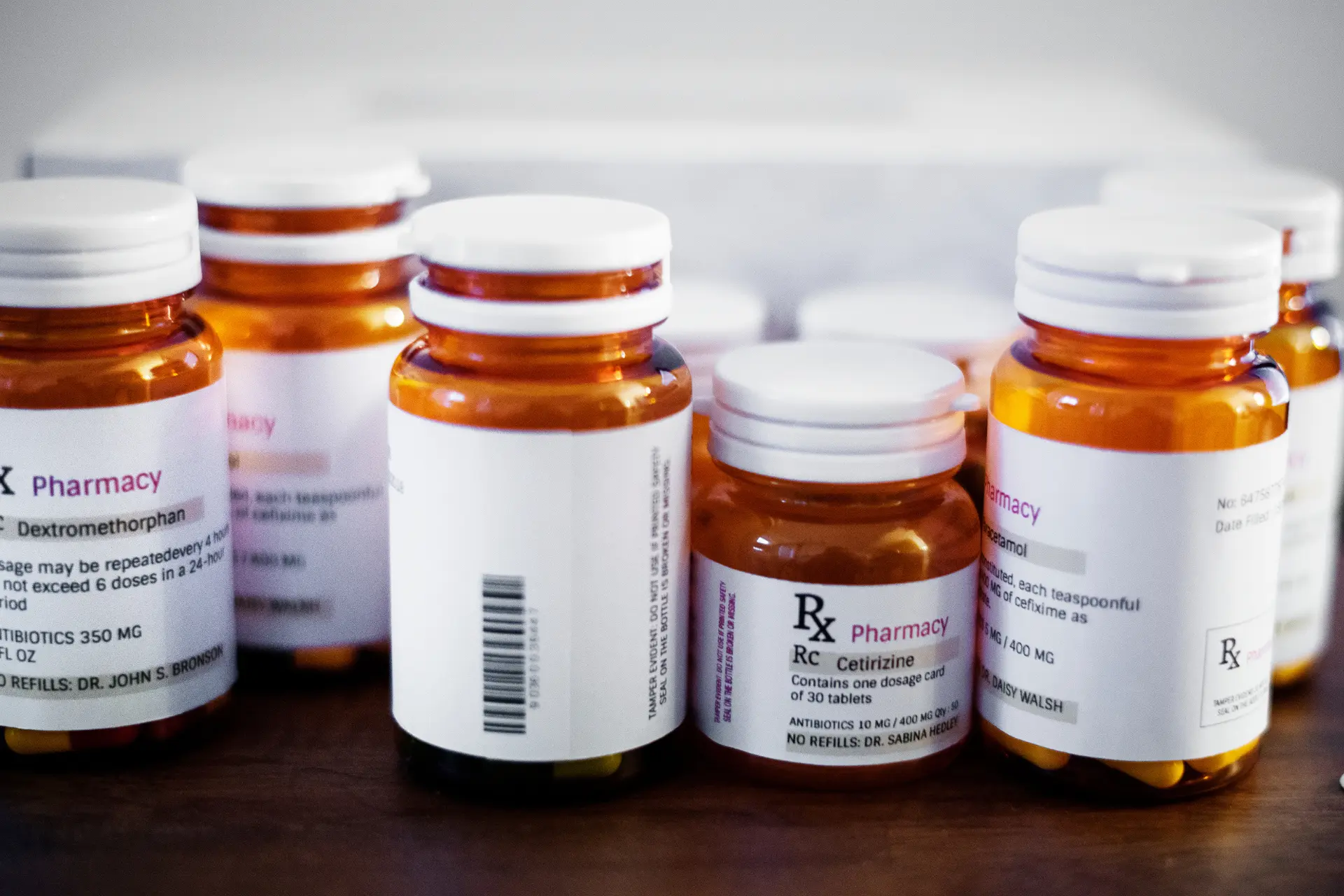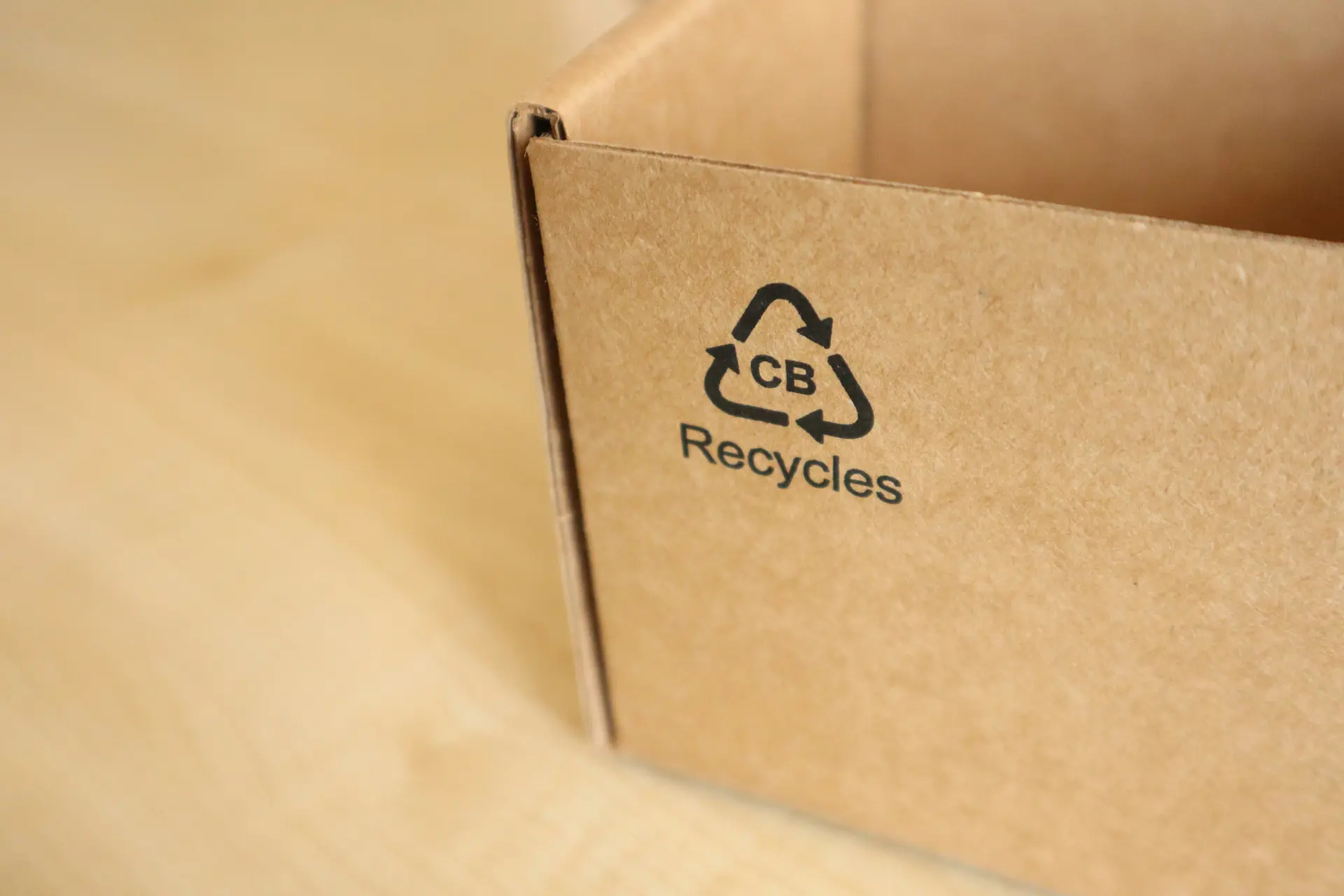The Deposit Return Scheme (DRS) is looming for drinks brands and businesses selling in Scotland. In August 2023, this long-anticipated regulatory change will come into force, giving consumers a right and a route to return single-use containers for deposit return.
Drinks manufacturers and distributors in this market must ready themselves for the change. Yet they may need to go even further in the future.
DRS is just one of a wave of policy imperatives that may impact beverage firms in the coming years. They must already adapt to the Plastic Packaging Tax, while calls for extending single-use plastic bans beyond takeaway food are growing louder.
Nor is DRS only a concern for those in the Scottish market. It may be a single country regulation now but the English equivalent is only delayed until 2024. Most recognise that it will cover the full UK market eventually. It is an inescapable part of the direction of travel for the international beverages industry – Europe is already ahead, with Slovakia becoming the 11th EU country to introduce a refunding scheme in early 2022.
The implications of DRS itself are bigger than many people realise, however. How businesses and brands respond to DRS could help them establish a basis for successful adaptation to an evolving sustainability and business landscape.
How they respond to DRS may even set the scene for their future ability to thrive.
DRS impacts extend far beyond operations
DRS has many operational implications, some associated with the returns process, and others with labelling and artwork management. The need to give consumers sustainability and return messages or scan codes on packaging and containers alone is spurring many to re-evaluate their drinks packaging management processes.
For most drink producers, the challenges of DRS will penetrate deep into their packaging design and production processes. Smaller drinks manufacturers will now get support and be able to apply stick on labels. The rest must integrate DRS messages on the labelling of every single-use container, across their entire brand portfolio –with further instructions to convey to third party distributors or retailers on trays and bulk packaging.
The enormity of this alongside other regulatory changes around plastics and ESG (Environment, Sustainability and Governance) reporting pressures are bringing strategic drinks packaging considerations to some Boards for the first time.
In the past, managing these issues have largely been left to operational leaders – unless the spectre of a significant reputational risk, legal liability or unexpected associated cost arises due to a labelling error, of course.
Their further scrutiny of packaging may well highlight inherent weaknesses and risk exposures within underlying processes. This may make the response to DRS not just an operational challenge, but a task of managing organisational change.
Not only must they understand their packaging, artworking and labelling management processes far better, they may need to face many previously unrecognised challenges as they ensure their processes are fit for a changing future.
Unrecognised difficulties in underlying processes
Even in many large food and beverage organisations, processes for managing packaging data, design and artworking are often significantly manual. They include repeated steps, delays and disconnects that make them both more expensive and slower than is ideal.
Practical problems abound in the packaging labelling and artwork management process.
- Artwork is often emailed around multiple times for amendments and approvals.
- Tracking the state and stage of a new packaging design via shared spreadsheets is hard to control as they can easily be duplicated or corrupted with errors.
- Liaising with external suppliers and designers and ensuring they have the correct and complete information to provide effective service is a logistical headache.
Ensuring that the right specification data is gathered and communicated to designers is another issue.
- Packaging specification data is often siloed in different systems and software used to manage different brands or strands of product development and management.
- Critical information for packaging design and labelling must be brought together correctly and at the right time for each new piece of artwork.
- Ingredient and allergen information often lies in one place, while technical packaging data, such as data about packaging material composition and other sustainability factors, resides in another.
Any mistake raises real risks and drives potential costs
It is far too easy to make a mistake in this scenario, thanks to a missed piece of information, a data entry snafu, or simple human error.
Bringing the right data together and ensuring robust design and artwork management for every SKU is a huge challenge.
Labelling issues carry implications that can create extra cost, delay, or risk. A single mistake with ingredient or allergen data could lead to consumer injury, reputational damage, and an expensive recall. An incorrect recycled composition claim or return instruction could cause a compliance issue, a PR disaster, or both.
Even if a mistake is spotted before going to print it still causes delays for rework. If it reaches manufacturing, the cost and delay of scrappage and rectification are significant.
These risks recur with every single on-pack change. Whether this is due to a branding decision, new product launch, marketing campaign, or new regulatory requirement, ensuring packaging and labelling is constantly correct and compliant is a huge challenge.
These issues only compound as companies grow, and volume and complexity of product SKUs increases. Yet because processes are so often disconnected, both the scale of risk and the true financial implications are largely unknown by executive leaders.
Disparate data makes sustainability tracking difficult
With no centralised repository of data, keeping tabs on anything on a companywide basis is difficult.
DRS bring fresh governance and reporting requirements for manufacturers who must be ensure single-use containers are compliant now and going forward, but the issue is wider.
Many are already unable to easily answer questions about how much virgin and recycled plastic is currently in use in their packaging so calculating the impact of the new Plastic Packaging Tax accurately is a huge challenge.
Reporting challenges will only increase. The ongoing post-Brexit bonfire of EU regulations has already created a consultation around ESG ratings and reporting. It is highly unlikely to reduce the demands – in fact, the reverse may be true.
Choosing change is better than forced change
DRS has in many ways forced change on drinks manufacturers. However, the steps they take and choices they make to adapt to a changing sustainability landscape have wider potential and will require a more rigorous and unified approach and far better systems.
It will differentiate those truly committed to large-scale sustainability improvement from those who make changes only when forced – which consumers are watching. It can also help them create more agile and more robust processes that will stand them in good stead for a future which is changing in many ways, and constantly.
Strong packaging and product specification management systems, coupled with connected labelling and artwork management platforms will no longer be an option, if companies wish to address the above issues. Whether the aim is to surface data to improve traceability or assure process quality or improve business efficiency and lower costs through process automation, these applications are now business-critical. They can not only improve control and lower the risks of labelling, but help reduce packaging management costs, speed time to market, and manage continuous compliance changes of which DRS is just one.
Act now and seize the opportunity to find a better way of working with 4Pack to ensure compliance with regulatory changes and easily manage your brand, by bringing all product and packaging data, assets and artworks together, enabling business teams to work from a single solution and make launching products more profitable.



